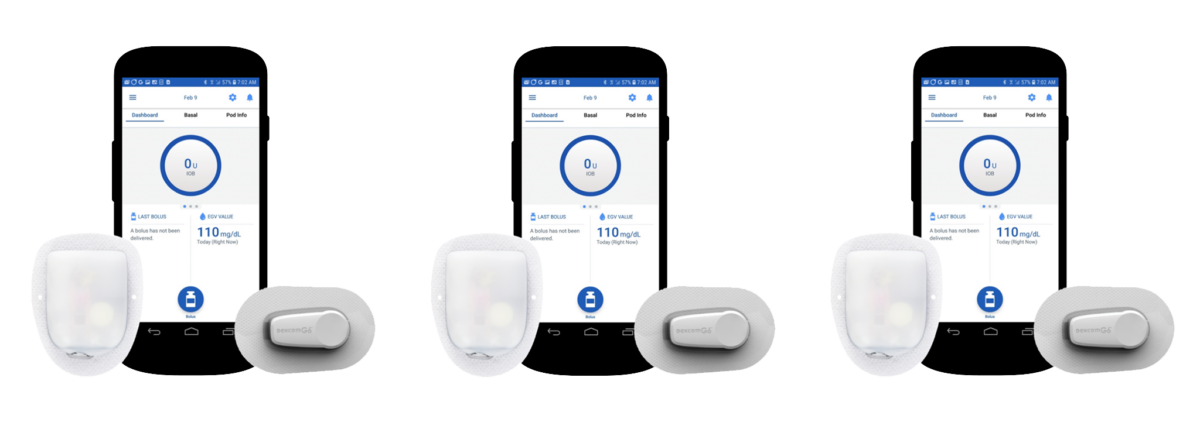Can Pets Help in T1D Management?
Written by: Alexi Melvin
2 minute read
January 30, 2017
Decir que el estrés y las ansiedades que conlleva la diabetes tipo 1 puede ser desalentador sería una subestimación.
To say that the stress and anxieties that come with having type 1 diabetes can get daunting would be an understatement. We all have our ways that we prefer to mellow out, relax and center ourselves, whether it be meditation, playing music, painting or just binging on our favorite Netflix series.
But have you ever considered that the simple act of playing with a cute animal could serve as an actual type 1 diabetes (T1D) lifesaver?
Most of us are familiar with Diabetic Alert Dogs (DADs)—which are dogs that have been trained specifically to recognize signs of their owner’s hypoglycemia or hyperglycemia. DADs are a specific kind of service dog. However, there is also the option that a pet may be certified as an Emotional Support Animal.
Even if you don’t have a pet or choose to get it certified for Emotional Support —studies have shown that petting, playing with and interacting with dogs and other domestic pets in general can relieve stress immensely. This is due to reports of increased levels of oxytocin in the body, which is a stress-reducing hormone. Enjoying some “chill” time with a pet has also shown decreased levels of cortisol—a stress hormone.
How does this relate to T1D, you may ask?
Reduces Stress
When stress hormone levels spike, blood glucose levels have been known to rise significantly. The decreased stress and anxiety that interaction with animals can provide can positively affect our blood glucose levels as a result!
And these studies are not type 1 diabetes-specific. Researchers have also found that people with high blood pressure who owned a pet had an easier time getting their blood pressure down during stressful times.
Prevents loneliness
One major cause of stress, anxiety and depression is the feeling of loneliness. Having a beloved animal that provides consistent, unconditional love is a great way to battle these feelings and avoid those blood sugar-spiking hormones that come along with it.
Encourages exercise
In addition, people who own pets (and dogs in particular) on average get more day-to-day exercise than people who do not have an animal to walk and care for. Exercise is a natural way to speed up insulin absorption and lower blood glucose (BG) levels.
Motivates self-care
Caring for someone or something else can motivate caring for yourself. The added responsibility that comes with pet ownership can make you more aware of the importance of your own health. Your furry friend depends on you! Out of that love, you may love yourself more.
So—if you don’t have a trained Diabetic Alert Dog, that’s okay! Simply owning or borrowing a fluffy friend can serve as the perfect T1D “burnout” remedy.
“Man’s best friend?” Try “T1D’s best friend!”
Read more about Stress—Why and How You Should Reduce It and All About Diabetic Alert Dogs.

Author
Alexi Melvin
Alexi Melvin is a freelance journalist, fiction writer and screenwriter based in both NYC and the Bay Area. She was diagnosed with type 1 diabetes in 2003, and has been passionate about raising awareness ever since. Her other passions include film, literature, animals and spiritual healing. Instagram: @alexi_rm
Related Resources

Already compatible with Dexcom’s G6 and G7 continuous glucose monitors (CGMs), the Omnipod 5 Automated...
Read more

The younger a person is diagnosed with type 2 diabetes, especially those with obesity, the...
Read more

The Oura Ring, which tracks things like sleep, heart rate, and activity, is joining forces...
Read more

